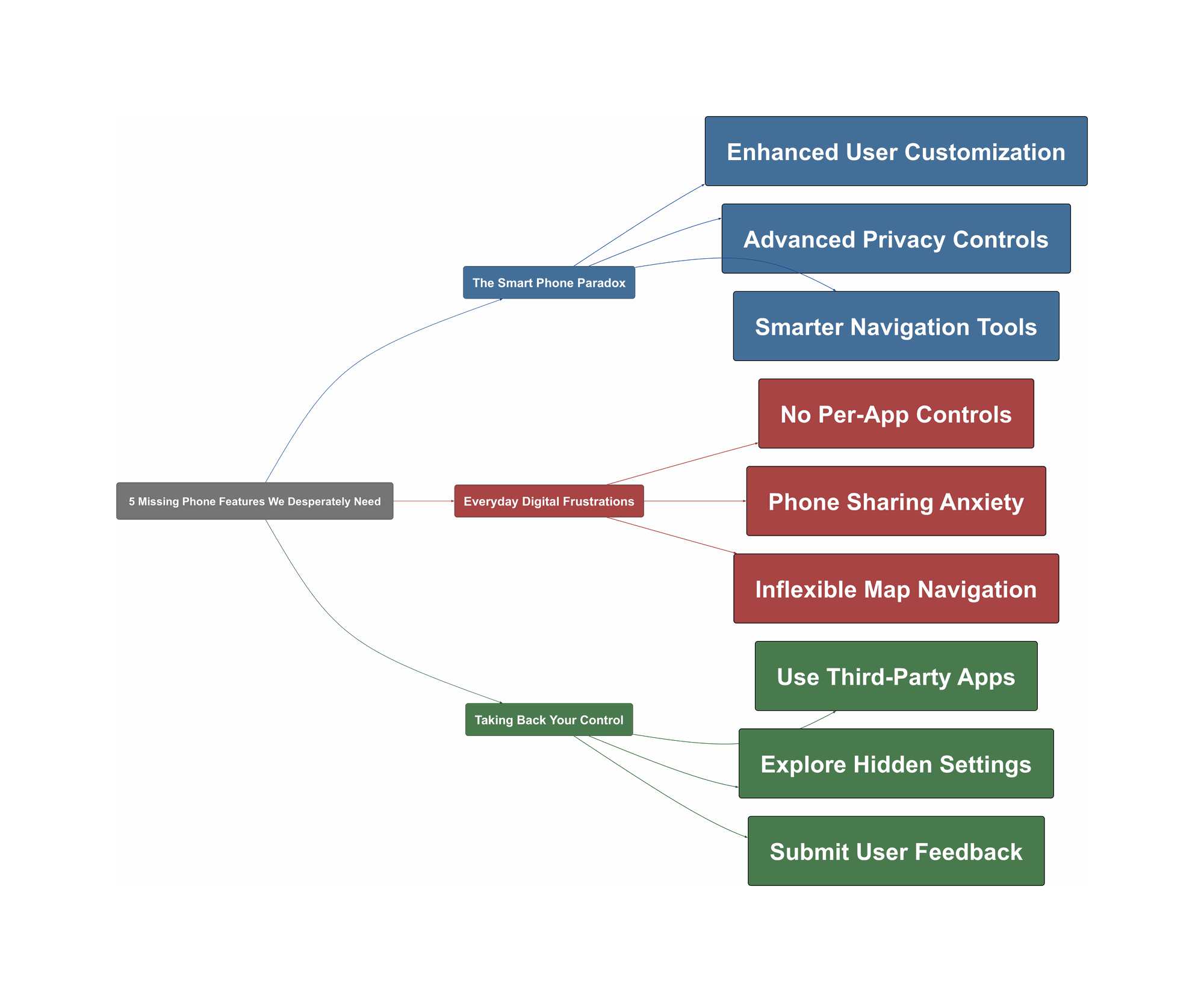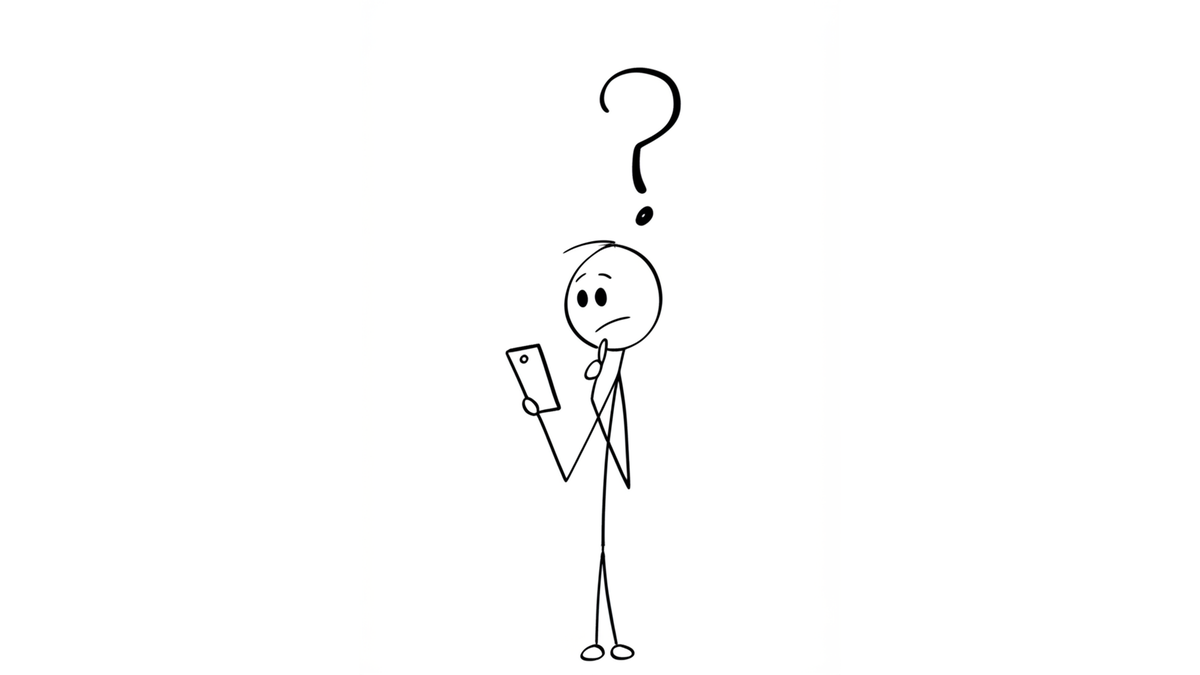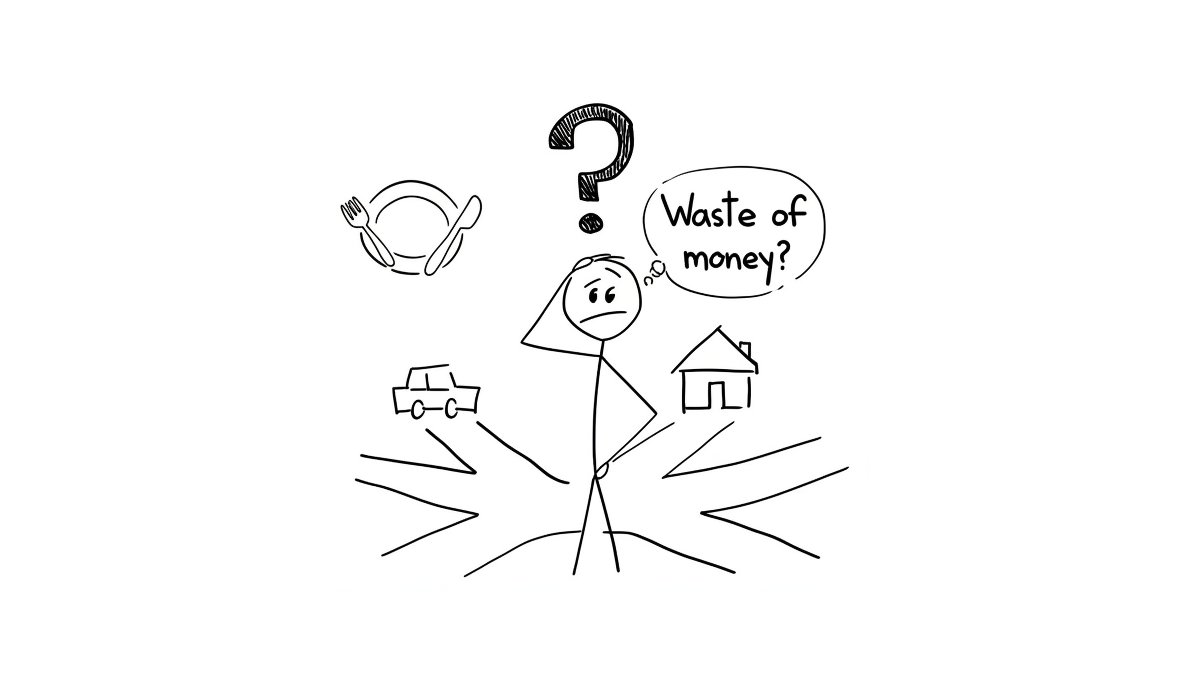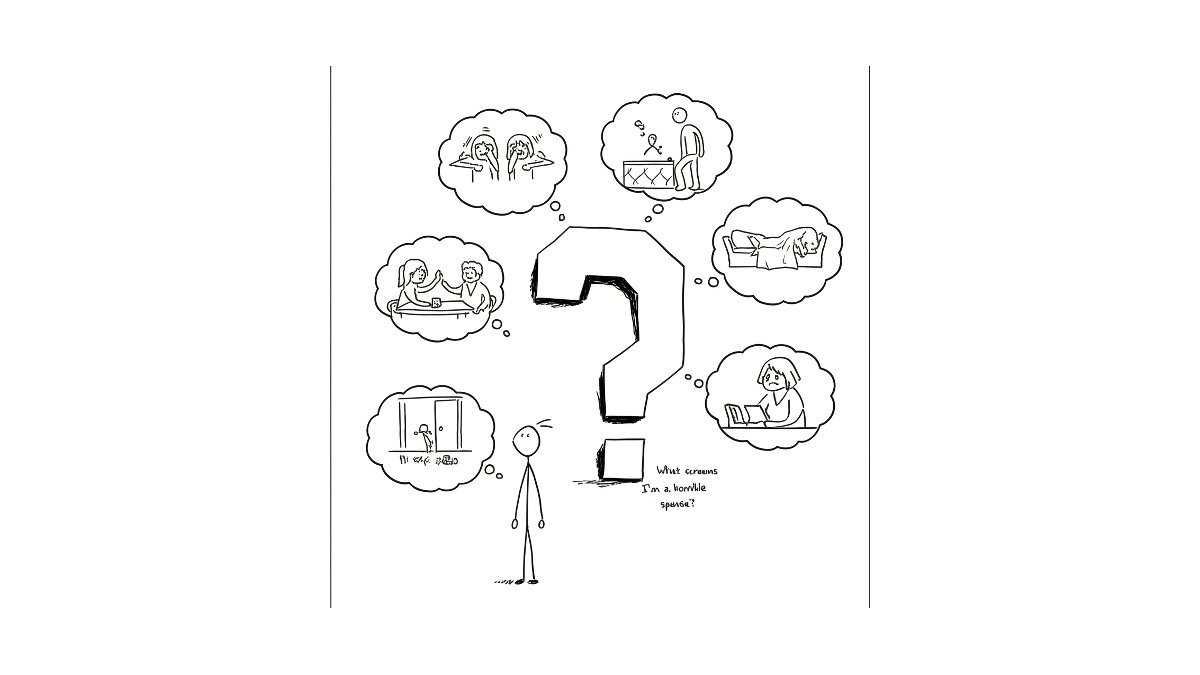Ever stared at your powerful smartphone and felt frustrated? You wonder why it can’t perform a simple, obvious task. Our phones have amazing cameras and AI assistants. Yet they often lack common-sense features that would make life so much easier. You are definitely not alone in feeling this way.
The Smart Phone Paradox
First, let’s look at the current situation. Smartphones are more advanced than ever before. They pack more computing power than the systems that sent astronauts to the moon. However, users on forums like Reddit constantly brainstorm simple yet brilliant features that are still missing. This creates a strange paradox. We have incredible technology in our pockets, but it often lacks basic user-focused conveniences that feel obvious.
Basically, I would love a system wide feature that allows independent volume control for each app on the device, enabling the user to customize audio levels for specific apps, such as muting Spotify ads while continuing to watch a YouTube video.
Furthermore, many people miss useful features from older devices. Some remember the simple joy of an IR blaster to control TVs at a sports bar. Others miss the simplicity of a built-in FM radio that didn’t use mobile data. As phones get more complex, some beloved, practical tools have been left behind.
My first android phone had an IR blaster, and I could control all kinds of stuff with it. Was so handy to flip my own channels at a sports bar and watch whatever I wanted.
Everyday Digital Frustrations
Consequently, these missing features create daily annoyances. Privacy is a major concern for many people. For example, you might want to show someone a single photo. But you worry they will swipe through your entire gallery. This common anxiety has led many to wish for a better way to control what others see on their screen.
Enter a DIFFERENT screen-unlock code… and it’s like you’re looking at a *completely-different* phone (one that only has minimal apps, maybe a different wallpaper, as if it’s a phone someone hasn’t yet bothered to ‘load up’ yet).
Additionally, navigation apps can be a source of major headaches. They are supposed to make travel easier. But they often fail to adapt to real-world issues like unexpected road closures. This forces drivers into stressful situations. They must either pull over or try to find a new route while the app insists on turning back.
While using the phone for navigation I would like a “this road is closed” button. It’s really annoying reaching a closed road that Google maps doesn’t know about.
Taking Back Your Control
Nevertheless, you can find solutions for some of these problems. Many useful features are already available if you know where to look. You can take steps to regain control and customize your phone to better suit your needs. It just requires a little bit of digging into your phone’s settings or the app store.
For instance, Android has a feature called “Screen Pinning.” This lets you lock your phone to a single app. You can hand your phone to a friend to show them a picture in your gallery. They will not be able to exit the app or snoop through other content without your passcode.
Lock your screen on displaying a picture. So you can give someone your phone to show them a picture without them scrolling through your pictures and potentially seeing something they’re not supposed to!
Moreover, third-party apps can add powerful new capabilities. Advanced tools like Tasker on Android allow you to remap buttons and automate almost anything. You can create custom shortcuts for your most-used functions. This gives you the personalized control that many users crave.
I want like 5 hardware buttons on the side that I can map to whatever I want. For example, assign to flashlight, rotate, mute, open notifications shade, tasker macro, etc.




